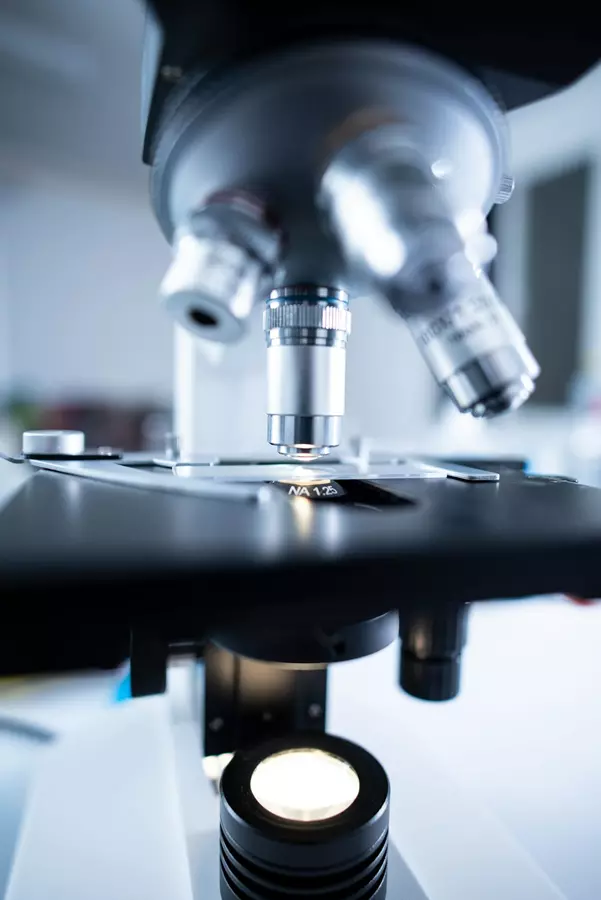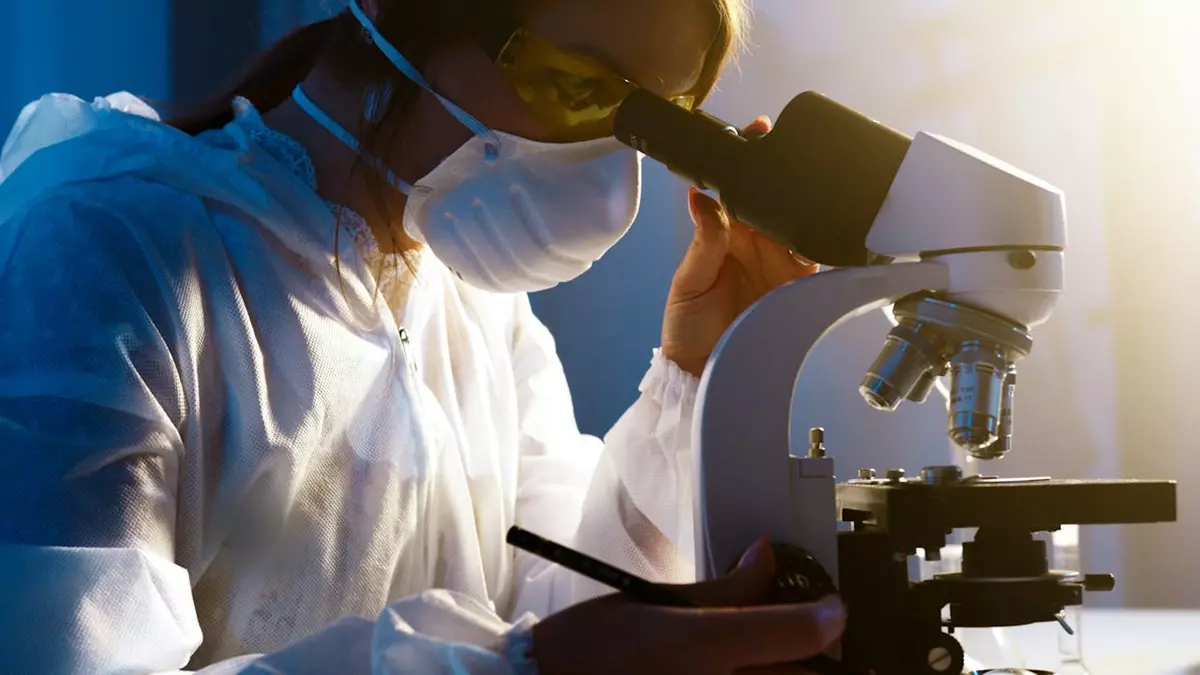Basics of wind turbine operation
Modern wind energy is based on converting the kinetic energy of the wind into electricity using wind turbines.
The principle of operation is relatively simple – the movement of air sets the rotor blades in motion, and as they rotate, they drive an electric generator, producing power. The key role here is played by the aerodynamics of the blades, which are designed to maximize wind speed utilization.
Modern turbines are equipped with control systems that automatically adjust the blade angle to the wind conditions. This makes it possible to optimize energy use at different wind speeds, increasing the efficiency of the entire process. These technologies make wind turbines one of the most important sources of renewable energy.
Types of wind turbines
Wind turbines are primarily divided into horizontal and vertical types. Horizontal turbines are the most common and are used in large wind farms; they are characterized by high power output and efficiency. Vertical turbines are less common but have advantages in areas with variable wind direction and in urban environments.
Additionally, turbines differ in terms of power capacity and rotor size. Small turbines are suitable for powering individual buildings or households, while massive offshore structures can supply energy to entire cities. The choice of turbine type depends on local wind conditions and energy demand.
Advantages of using wind energy
Wind energy is a clean source that does not emit carbon dioxide or other pollutants. Using turbines significantly reduces the carbon footprint and contributes to environmental protection. Compared to traditional energy sources, generating electricity from wind is also more predictable in terms of costs since wind is a free resource.
Furthermore, the development of wind energy creates new jobs in technical, manufacturing, and service sectors. Thanks to innovative solutions in turbine design and materials, more regions can effectively harness wind potential, contributing to sustainable development.

Technological challenges of wind turbines
Despite numerous advantages, wind turbines also face technological challenges. One of them is wind variability – during calm periods, energy production is limited, requiring the use of energy storage systems or complementary power sources. Another issue is the noise generated by blades and the impact of turbines on local wildlife, particularly birds and bats.
Another challenge is material durability and the need for regular maintenance. Modern turbines are designed with materials resistant to corrosion and varying weather conditions, but at large heights and capacities, operation requires advanced monitoring and specialized service teams.
Development of wind farms
Wind farms are clusters of turbines that work together to supply large amounts of electricity to the grid. Expanding such farms allows effective use of areas with high wind potential, both on land and at sea. Offshore wind farms are gaining popularity due to stronger and more stable winds.
Designing wind farms requires considering many factors: terrain topography, wind direction and strength, environmental impact, and local energy infrastructure. Modern farms are also equipped with monitoring systems that predict failures and optimize energy production in real time.
The impact of wind energy on the economy
Wind energy contributes to diversifying energy sources and increasing national energy security. Investments in wind turbines stimulate the growth of local businesses, the establishment of new manufacturing plants, and service operations. From an economic perspective, the cost of producing wind energy continues to fall, making it increasingly competitive with traditional fossil fuels.
Additionally, the sector’s growth supports technological innovation in materials science, electronics, and energy storage systems. These effects positively influence not only energy but also other industries, driving the development of modern and sustainable industrial solutions – https://www.syvento.com.
The future of wind energy
The future of wind turbines looks promising, with an increasing focus on efficiency, durability, and minimizing environmental impact. Innovations such as intelligent control systems, advanced composite materials, and hybrid solutions combining wind power with energy storage will enhance the stability and availability of electricity.
The development of wind energy will also be crucial in combating climate change by reducing greenhouse gas emissions. With continuous investment and technological progress, wind turbines will become not only a symbol of modern energy but also a cornerstone of sustainable development in the 21st century.
